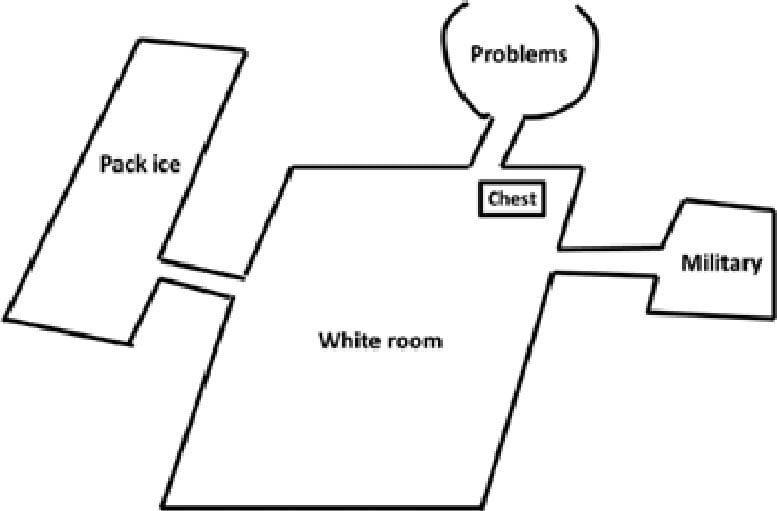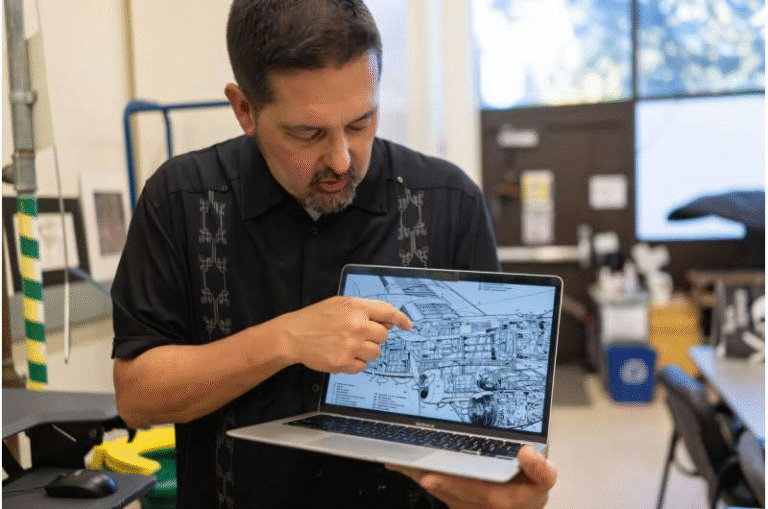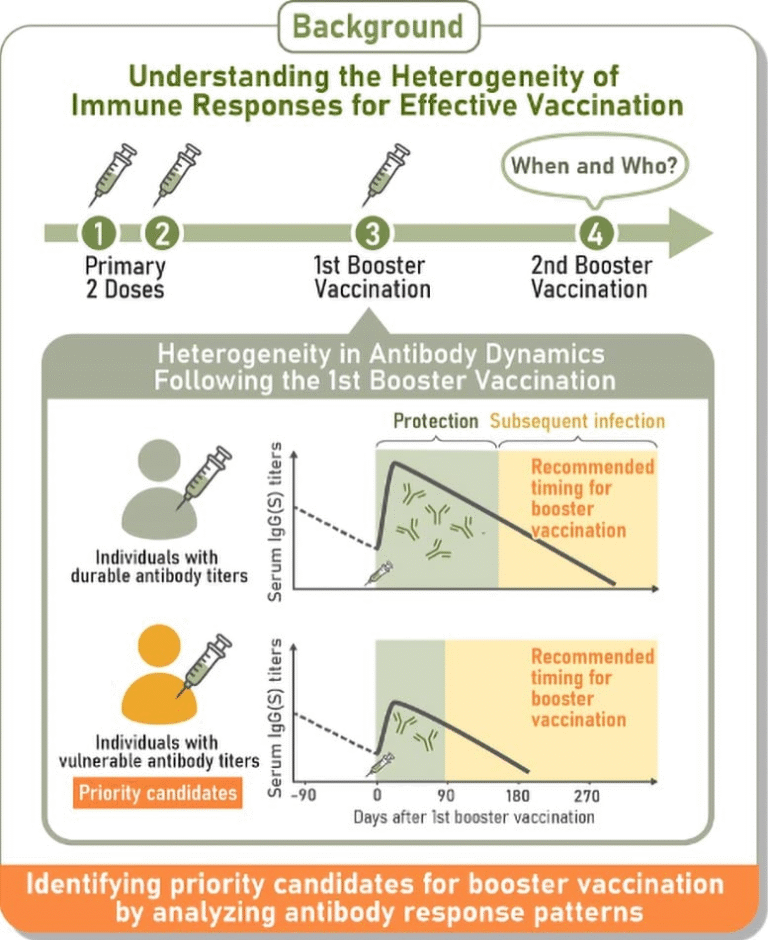Mental Time Travel and Autobiographical Hypermnesia – A Rare Case That Redefines Memory

Some people forget what they ate last week. Others remember birthdays only with the help of reminders. But a very small number of individuals can recall their lives with such astonishing clarity that it almost feels like they are traveling through time. Scientists call this phenomenon autobiographical hypermnesia, also known as hyperthymesia, and a newly published case has shed fresh light on this rare ability.
A team led by researchers from Paris Cité University and the Paris Brain Institute recently studied a 17-year-old French girl, identified only as TL, who possesses this extraordinary form of memory. Their findings, published in Neurocase on August 1, 2025, reveal not only how she recalls her past but also how vividly she imagines her future.
What Is Autobiographical Memory?
Before diving into TL’s story, it helps to understand what autobiographical memory is. This type of memory goes beyond storing facts. It allows us to relive personal experiences, combining emotional and sensory details with concrete information such as dates, names, and places.
For most people, autobiographical memory fades or changes with time. The details blur, events get reconstructed, or they disappear altogether. But in the very rare cases of hyperthymesia, memories remain incredibly vivid, detailed, and accessible, often indexed by exact dates.

Credit: La Corte, V.
The Case of TL: A Teenage Girl With Exceptional Memory
TL’s case is unusual because she doesn’t just passively recall every detail of her past—she actively manages her memories with remarkable precision. Unlike other cases where hyperthymesia can feel like a burden, TL demonstrates a high degree of control.
Distinguishing Between “Black Memory” and Personal Memory
She organizes her mind into two clear categories:
- Black Memory – This is her encyclopedic, factual knowledge, mostly school material and information that carries no emotional weight.
- Personal Memory – These are the emotionally significant experiences of her life. TL organizes them into an elaborate mental archive, similar to a memory palace.
Her Memory Palace
In her mind, TL has constructed a “white room” with a low ceiling, filled with binders organized chronologically and by theme. Each binder contains episodes about family life, vacations, friends, or even childhood objects. She describes memories appearing like text messages or photographs, all easily retrievable.
But TL’s memory space is not just about neutral storage. She has also created specialized rooms for dealing with emotions:
- A chest inside the white room contains the memory of her grandfather’s death.
- A pack ice room helps her calm down when she feels anger.
- A problems room is where she mentally works through challenges.
- A military room, populated by soldiers, formed when her father left home to join the army.
This structure shows that she doesn’t just recall events randomly. She has developed a system for filing, accessing, and regulating her memories.
Reliving the Past and Imagining the Future
One of the most fascinating aspects of TL’s memory is how she moves between past and future. She doesn’t only relive previous experiences with clarity—sometimes as an observer, other times as a participant—she can also project herself forward.
When asked to imagine future scenarios, TL produced unusually rich details: spatial settings, sensory impressions, timing, and emotions. This confirms what cognitive scientists have long suspected: remembering the past and imagining the future rely on overlapping brain mechanisms.
Testing TL’s Abilities
The research team used two main tools to measure TL’s abilities:
- TEMPau (Episodic Test of Autobiographical Memory) – to examine the richness and accessibility of her memories.
- TEEAM (Temporal Extended Autobiographical Memory Task) – to test her ability to mentally travel across time, both backward and forward.
The results showed that TL is able to re-experience past events with exceptional intensity, far beyond ordinary recall. At the same time, she could imagine her future with striking detail, making her case one of the few well-documented examples of hyperthymesia that includes both past and future mental travel.
How Reliable Are Her Memories?
A big question in research on hyperthymesia is whether these memories are always reliable. Just like the rest of us, hyperthymesics can also experience false memories or distortions. TL’s case is no exception. While she recalls many experiences vividly, scientists cannot always independently confirm their accuracy, especially for events from early childhood.
Still, the richness of detail—both factual and sensory—suggests her mind is uniquely tuned for indexing personal experiences.
What Makes This Case Special
Most previous cases of hyperthymesia describe individuals who are overwhelmed by their memories, unable to filter out trivial or distressing details. TL, however, demonstrates an unusual degree of control. Her memory architecture allows her to isolate negative experiences and keep them separate from everyday life.
This makes her case important not just for documenting another hyperthymesia subject but for showing how memory management strategies can change the experience of living with such an ability.
Links Between Hypermnesia and Synesthesia
Researchers also noted a possible connection between hyperthymesia and synesthesia, a condition where stimulation of one sense triggers involuntary experiences in another (such as seeing sounds or tasting colors). TL herself is not a synesthete, but several members of her family are. This raises the possibility of a genetic or neurological link between the two conditions.
Brain Activity and Open Questions
Some earlier studies suggest that hyperthymesia involves overactivation of brain networks linked to autobiographical memory and certain visual areas. However, no consistent anatomical differences have been identified so far. In TL’s case, no major structural differences were reported either.
This leaves scientists with many open questions:
- How does hyperthymesia evolve with aging?
- Does the intensity of memory decline or stay constant over time?
- Can individuals with this condition control the accumulation of memories as TL seems to do?
- What neurological pathways specifically enable this kind of memory indexing?
Why This Matters for Science
Studying cases like TL’s can help researchers better understand how autobiographical memory works, how it builds our sense of identity, and how memory interacts with imagination. It may also help in understanding conditions like PTSD, where individuals are flooded with traumatic memories, and in developing strategies to regulate emotional recall.
A Closer Look: What Is Hyperthymesia?
To give more context, here’s what is known about hyperthymesia in general:
- It is extremely rare. Only a few dozen cases have been documented worldwide.
- People with hyperthymesia often recall specific dates and events with striking clarity. For example, they can say what happened on a random day years ago and describe it in detail.
- Famous cases include Jill Price, the first person diagnosed with hyperthymesia in the early 2000s, who reported remembering nearly every day of her life since childhood.
- Unlike memory champions who train with mnemonic techniques, hyperthymesics don’t consciously practice recall—it appears to be an innate ability.
Mental Time Travel: The Broader Concept
The idea of mental time travel extends beyond hyperthymesia. All humans can, to some extent, mentally revisit their past or imagine their future. This ability is tied to autonoetic consciousness—the sense of self across time.
But in most people, the detail and clarity of these mental journeys are limited. TL’s case demonstrates what happens when this ability operates at a much higher level: memories remain vivid, organized, and controllable, while future projections are unusually detailed.
The Takeaway
TL’s case gives scientists a rare window into how human memory can operate at its most extreme. It shows that autobiographical hypermnesia doesn’t always need to be a burden—it can also be a skill, especially when paired with strategies to regulate and organize the overwhelming flow of information.
Her ability to relive the past and imagine the future with equal vividness suggests that these two processes are deeply interconnected. While many mysteries remain, one thing is clear: TL’s mind challenges our understanding of how memory and identity are built.
Reference: Autobiographical hypermnesia as a particular form of mental time travel – Neurocase, August 1, 2025





